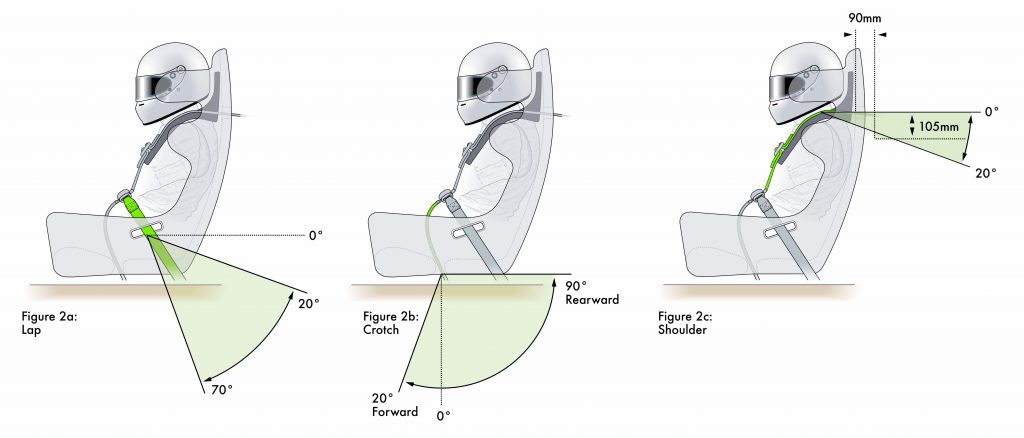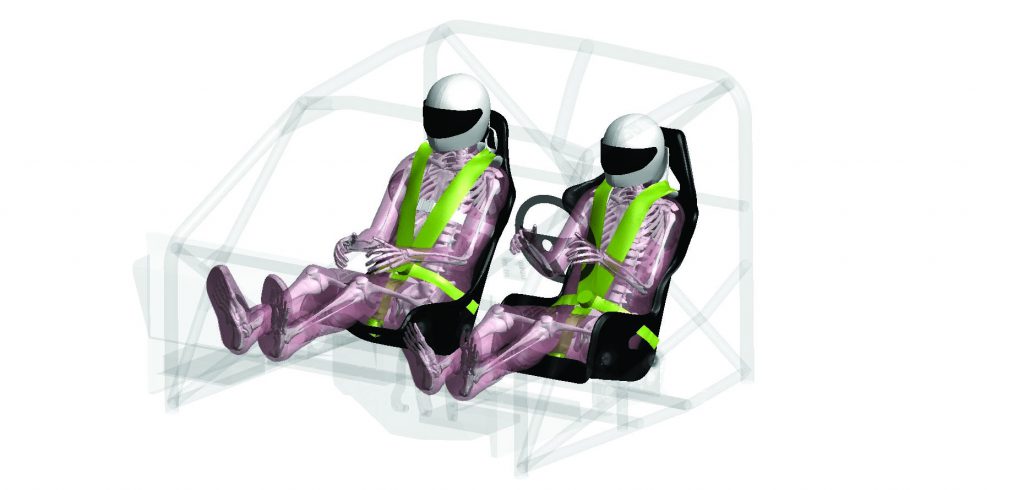After a significant amount of research and testing, the FIA has reached a major development in improving the safety of Cross Country rally for its competitors, which can also be applied to off road racing.
As a result of a number of spinal injury cases experienced by competitors within the discipline, the FIA Safety Department identified a host of significant injury factors through an extensive research period, which involved complex computer simulations.
The simulations utilised a virtual cockpit and the Total Human Model for Safety (THUMS) and saw FIA research engineers recreate hundreds of crash cases as a way to delve into how the position and restraint of competitors affects the spine during impact.

Using real-world cases to authenticate the process, the knowledge gained during these tests can now be implemented to assist competitors in preventing substantial spinal injuries in the future.
FIA Safety Director Adam Baker believed the advanced simulations and the Total Human Model for Safety ware crucial in making cross country rallies safer for all those involved.
“Simulation using the THUMS model has enabled us to study a wide range of Cross Country accident cases in fine detail, improving our understanding of the key factors that contribute to spinal fractures in Cross Country competition,” Baker said.
“We would like all competitors and teams to benefit from the results of this research, as even minor changes in the cockpit can prevent injury.”

Some of the highlights to come out of the FIA’s research were if the competitors’ seats are rotated to a more upright position, it reduces the forces translated into a spine fracture.
The safety harness was also deemed key in reducing the load on the spine and mitigating injury during a heavy landing or impact, especially if the angle of the lap strap between anchorage point behind the seat and the buckle is changed.
The testing further emphasised the importance of competitors having to always make sure their safety harness is properly tightened during the entire event.








